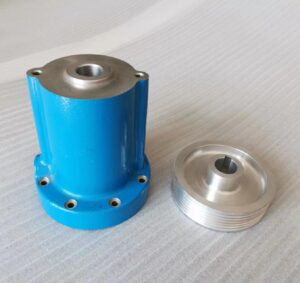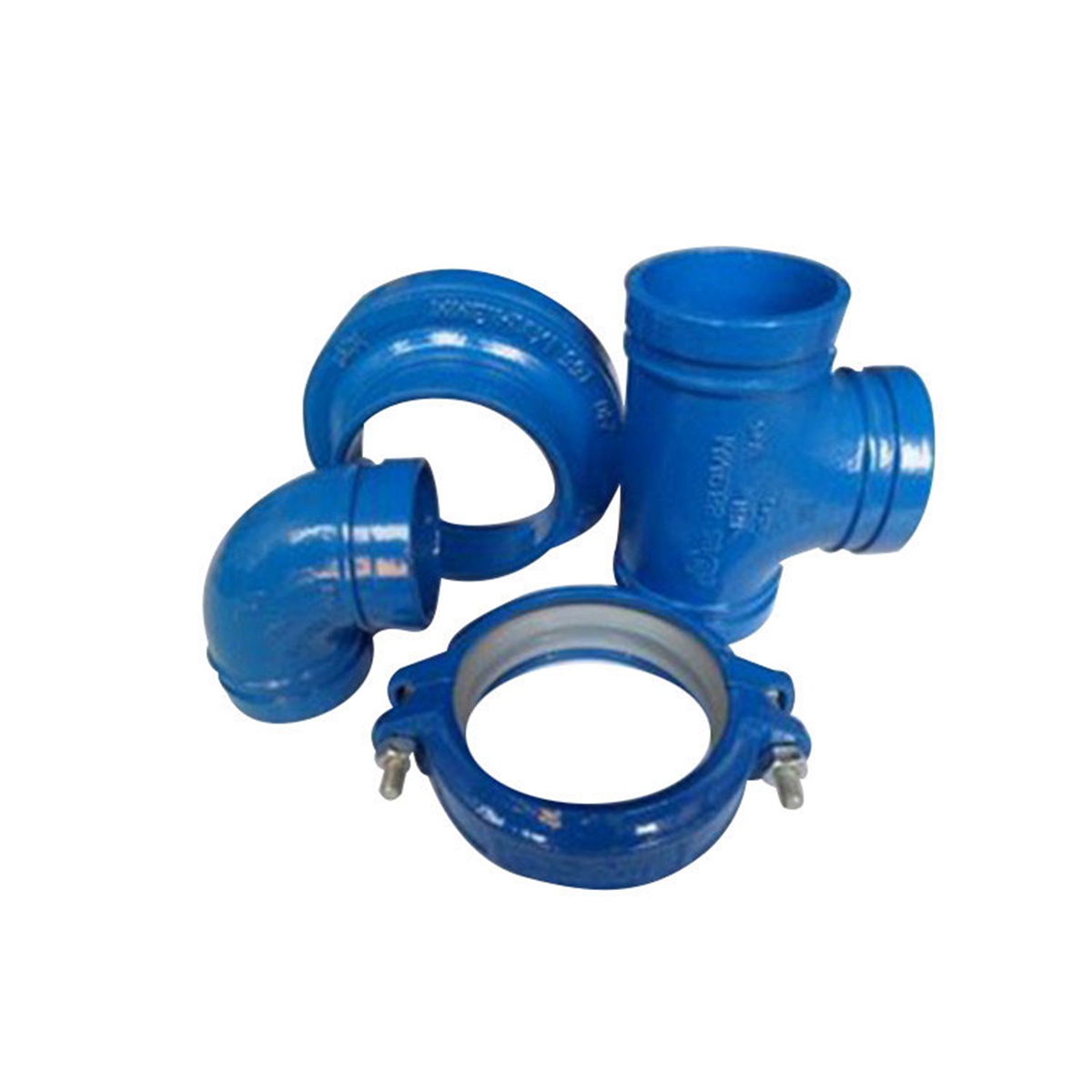
Here’s a detailed breakdown of the Powder Coating Process, covering the key stages:
1. Pre-Treatment (Cleaning & Surface Preparation)
Degreasing: Removes oils, grease, and contaminants using alkaline cleaners or solvents.
Rinsing: Thorough water rinse to remove cleaning residues.
Derusting/Descaling: Eliminates rust/scale via abrasive blasting (sand/grit) or acid etching (e.g., phosphoric acid).
Conversion Coating: Applies a chemical layer (e.g., iron phosphate for steel, chromium/chrome-free for aluminum) to enhance adhesion and corrosion resistance.
Final Rinsing: Deionized (DI) water rinse to prevent mineral deposits.
Drying: Heated drying oven (typically 120-150°C) to evaporate moisture.
2. Masking
Critical areas (e.g., threads, mating surfaces) are covered with high-temperature silicone plugs, tape, or liquid mask to prevent powder adhesion.
3. Powder Application
Electrostatic Spray Deposition (ESD):
Powder particles are charged (typically -30 to -90 kV) via spray gun.
Grounded part attracts charged powder, creating uniform adhesion.
Application Methods:
Manual Spray: Operator-controlled gun for complex shapes.
Automatic Guns: Robotic arms for consistent coverage on high-volume parts.
Environment: Spray booth with controlled airflow for overspray recovery.
4. Curing
Heating: Parts enter a curing oven (typically 180-200°C for 10-20 minutes).
Chemical Reaction: Powder melts, flows, and cross-links (thermosetting) into a continuous film.
Key Stages:
Melt: Powder liquefies.
Flow: Forms smooth surface.
Gel: Cross-linking begins.
Cure: Full polymerization achieves hardness/durability.
5. Cooling & Unmasking
Parts cool naturally or with forced air.
Masking materials removed after curing.
6. Quality Control (QC)
Thickness Check: Using magnetic or eddy-current gauges (typical range: 60-120 μm).
Adhesion Test: Cross-hatch/cut tape testing (ASTM D3359).
Visual Inspection: Checks for defects (e.g., orange peel, pinholes, runs).
Gloss/Color Verification: Spectrophotometer measurement.
Key Advantages vs. Liquid Paint
Eco-Friendly: Near-zero VOCs (volatile organic compounds).
Material Efficiency: ~95% overspray recovery/reuse.
Durability: Superior resistance to chipping, UV, and corrosion.
Finish Quality: Thick, uniform coating with minimal runs/sags.
Common Applications
Automotive wheels, bicycles, appliances (e.g., refrigerators), furniture, architectural metalwork, and industrial equipment.
Technical Considerations
Faraday Cage Effect: Recessed areas may require specialized guns (e.g., low-voltage tribo guns).
Substrate Limits: Wood/plastics require low-temp cure powders.
Color Change: Extensive booth cleaning needed between shifts.
This process ensures a high-performance, environmentally compliant finish critical for industrial and consumer goods.





